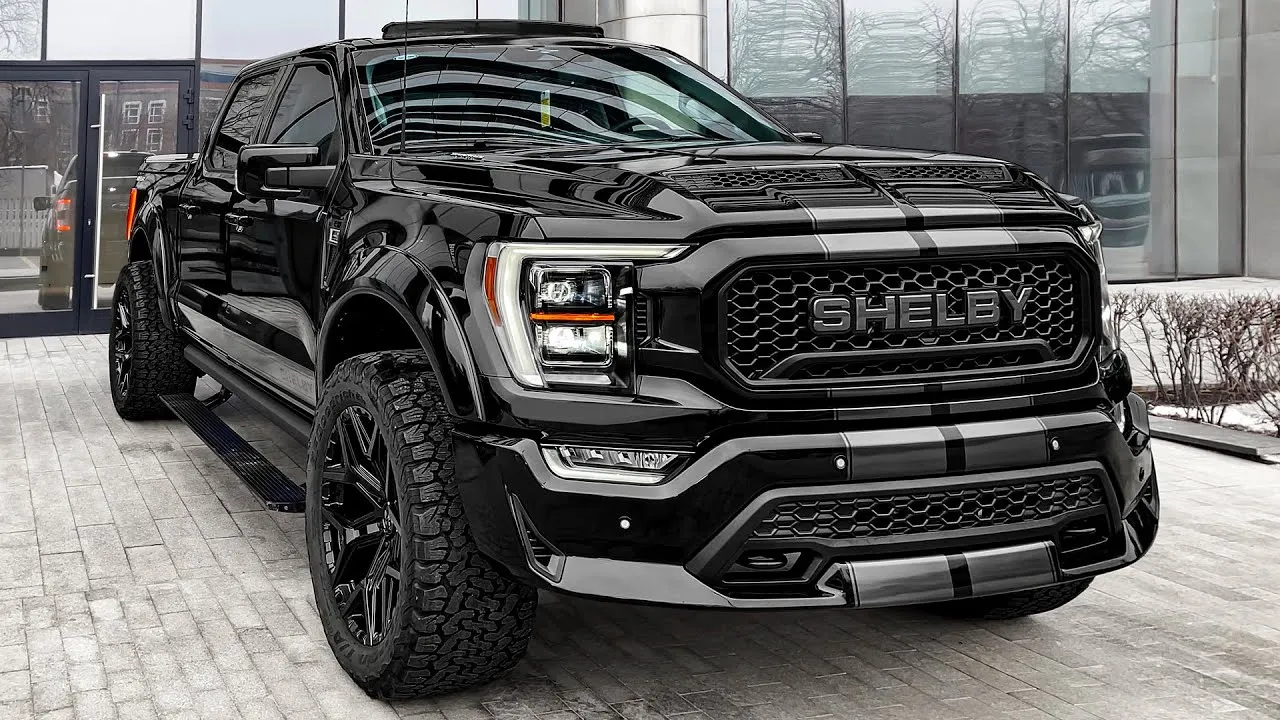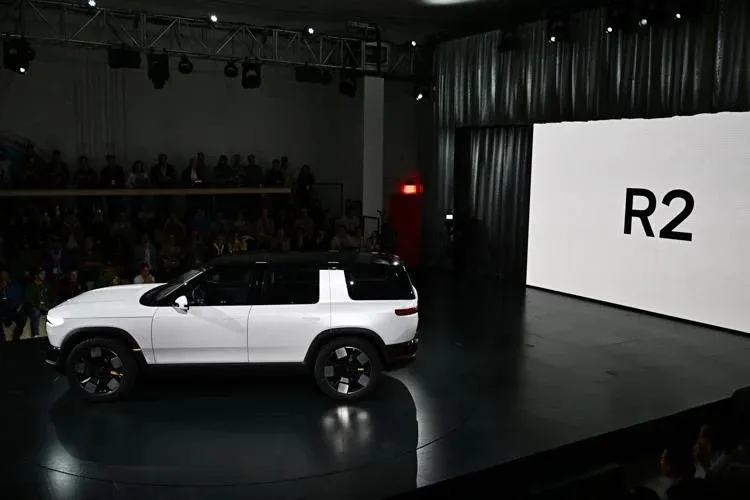The Volkswagen Scirocco, produced from 1974 to 1992, was a compact, sporty hatchback that offered a unique combination of style, performance, and practicality. This article will focus on the second generation of the Scirocco, which spanned from 1981 to 1992, exploring its design, performance, and place in the automotive landscape of the 1980s and early 1990s.
-1686961803x1024.jpg)
1. Design: A Sharp and Distinctive Hatchback
The Volkswagen Scirocco, produced from 1981 to 1992, featured a distinct and iconic design that reflected the styling trends of its era. Here are some key design elements of the 1981-1992 Volkswagen Scirocco:
Angular Shape
The Scirocco had a wedge-shaped profile with sharp angles and straight lines. It had a low-slung and aerodynamic design, giving it a sporty appearance.
Front End
The front of the Scirocco had a distinctive look. It featured rectangular or square-shaped headlights, often with a black surround. The grille was typically narrow and integrated into the front bumper, creating a unified front fascia.
-1686961841x1024.jpg)
Body Lines
The Scirocco had prominent body creases and character lines that emphasized its sporty nature. There was often a pronounced shoulder line running along the sides of the car, which extended from the front fenders to the rear end.
Rear End
The rear of the Scirocco had a sloping hatchback design. It featured large, wraparound taillights that extended onto the rear quarter panels. The rear bumper was usually integrated with the overall design and had a sporty, compact look.
-1686961863x1024.jpg)
Pop-up Headlights
One distinctive feature of the Scirocco was its pop-up headlights, which were concealed when not in use. This design element added to the car's aerodynamic appeal and was a popular feature in many cars of that era.
Wheels
The Scirocco typically came with alloy wheels, which varied in design depending on the specific model and trim level. These wheels added a touch of sophistication and enhanced the sporty aesthetic of the car.
Interior
Inside the Scirocco, the design focused on functionality and driver-oriented features. The dashboard had a clean and uncluttered layout, often with straightforward analog gauges and controls. The seats were sporty and supportive, providing a comfortable driving experience.
The 1981-1992 Volkswagen Scirocco had a distinctively sporty and aerodynamic design. Its angular shape, pop-up headlights, and clean lines made it stand out on the road, while its hatchback body style added practicality. The Scirocco's design remains iconic and is fondly remembered by car enthusiasts.
2. Performance and A Range of Engines for Different Needs
The 1981-1992 Volkswagen Scirocco was available with various engine options, depending on the model and the market in which it was sold. Here are some of the notable engine choices and performance specifications for the Scirocco during that period:
1.6-Liter Inline-4
The base engine option for the Scirocco was a 1.6-liter inline-4. In the earlier years of this generation, it produced around 70 horsepower and 81 lb-ft of torque. However, over the years, there were improvements in engine technology, resulting in increased power output. Later versions of the 1.6-liter engine produced around 90 horsepower and 94 lb-ft of torque.
1.8-Liter Inline-4
Another engine option was a 1.8-liter inline-4, which offered more power than the base 1.6-liter engine. It varied in power output depending on the specific model and year. In the earlier years, it produced around 90 horsepower and 105 lb-ft of torque. In later years, the power increased to around 100 horsepower and 109 lb-ft of torque.
16-Valve Engine
In the later years of the Scirocco's production, Volkswagen introduced a 16-valve engine option for improved performance. The 16-valve 1.8-liter engine produced around 123 horsepower and 120 lb-ft of torque, offering a significant power boost over the base engines.
GTI Models
The Scirocco GTI models were the high-performance variants of the Scirocco lineup. They featured more powerful engines and sportier features. In the later years, the Scirocco GTI was equipped with a 1.8-liter 16-valve engine producing around 158 horsepower and 166 lb-ft of torque.
Transmission Options
The Scirocco typically came with a manual transmission, although automatic transmissions were available as well. The manual transmission options varied from a 4-speed to a 5-speed, while the automatic transmissions were usually 3 or 4-speed units.
Performance
The Scirocco offered a fun and sporty driving experience, especially in the higher-powered GTI models. The acceleration and top speed varied depending on the engine and model year. For instance, the base models with the 1.6-liter engine could achieve a 0-60 mph (0-97 km/h) time of around 11 seconds, while the GTI models with the 16-valve engine could achieve significantly faster acceleration times, around 7-8 seconds for the 0-60 mph sprint. The top speed for the Scirocco typically ranged from 110 to 130 mph (177 to 209 km/h), depending on the model and engine configuration.
-1686962055x1024.jpg)
3. Market Reception
The market reception of the 1981-1992 Volkswagen Scirocco was generally positive, with the car earning praise for its distinctive design, performance, and practicality. However, it also faced challenges in an increasingly competitive automotive landscape.
Positive Reception
The second-generation Scirocco's sharp, angular design, created by renowned Italian designer Giorgetto Giugiaro, garnered attention and praise for its modern and sporty appearance. The car's wedge-shaped profile and clean lines made it stand out in the market, appealing to buyers looking for a stylish and distinctive compact car.
In addition to its design, the Scirocco was praised for its performance and handling characteristics. The car's front-wheel-drive layout, independent suspension, and disc brakes contributed to its agile and responsive driving dynamics, providing an engaging experience for driving enthusiasts. The range of engine options, from fuel-efficient inline-4s to the more powerful 1.8-liter engine in the Scirocco 16V, catered to different performance needs.
-1686962035x1024.jpg)
The Scirocco's practicality as a hatchback also played a role in its positive reception. The car offered a useful blend of sportiness and everyday usability, with ample cargo space and seating for up to four passengers.
Competition and Challenges
Despite its positive attributes, the Volkswagen Scirocco faced challenges in the market. The 1980s and early 1990s saw increased competition in the compact sports car segment, with rivals like the Honda CR-X, Toyota Celica, and Ford Escort XR3i offering similar performance and style.
Additionally, the Scirocco's relatively high price compared to some of its competitors may have been a factor that limited its sales potential. Buyers seeking a sporty and stylish compact car had many options to choose from, and the Scirocco's price premium could have deterred some potential buyers.
-1686961982x1024.jpg)
Sales and Production
Exact sales and production figures for the 1981-1992 Volkswagen Scirocco are not readily available, as Volkswagen has not released detailed data specific to the second-generation model. However, it is estimated that approximately 291,000 units of the second-generation Scirocco were produced during its production run from 1981 to 1992.
The Scirocco was sold in various markets, including North America, Europe, and Japan, with different engine options and trim levels available to cater to diverse consumer preferences. The car had a strong presence in Europe, where it was well-received for its design, performance, and practicality.
In the United States, the Scirocco experienced limited success, partially due to its relatively high price compared to some competitors and the growing popularity of Japanese sports coupes. Nevertheless, the car found a niche among buyers who appreciated its distinctive design and engaging driving experience.
Overall, the 1981-1992 Volkswagen Scirocco enjoyed moderate sales success, particularly in Europe. Its combination of style, performance, and practicality helped it carve out a loyal following among automotive enthusiasts, contributing to its cult status today.
4. Cultural Values
The 1981-1992 Volkswagen Scirocco represented certain cultural values that were prevalent during that time period. Here are some cultural values associated with the Scirocco:
Sportiness and Performance
The Scirocco was designed to embody a sporty and performance-oriented driving experience. It appealed to individuals who valued excitement, agility, and a dynamic driving experience. The Scirocco's sleek design, aerodynamic shape, and available high-performance GTI models reflected a cultural emphasis on speed, thrill, and a sense of adventure.
Individuality and Style
The Scirocco was a car that stood out from the crowd with its unique and distinctive design. It represented a desire for individuality and self-expression. Owners of the Scirocco embraced its unconventional appearance, angular lines, and pop-up headlights, which symbolized a rebellion against conventional design norms and a willingness to make a bold statement.
-1686962118x1024.jpg)
European Engineering and Craftsmanship
The Scirocco, being a product of Volkswagen, embodied the reputation of German engineering and craftsmanship. It represented quality, reliability, and attention to detail. The cultural value of precision engineering and reliability was important to the Scirocco's appeal, making it a desirable choice for those who valued quality and durability in their vehicles.
Youthful Spirit and Adventure
The Scirocco was often associated with a younger demographic who embraced a sense of freedom, adventure, and a vibrant lifestyle. Its sporty design and accessible price point made it an appealing choice for young drivers seeking a dynamic and fun-to-drive car. The Scirocco represented a cultural value of youthful energy, enthusiasm, and the pursuit of new experiences.
-1686962136.jpg)
Affordable Performance
The Scirocco provided a more affordable option for individuals seeking a sporty and performance-oriented car. It offered a balance between performance and affordability, making it accessible to a broader range of enthusiasts. This cultural value of attainable performance reflected a desire for thrilling driving experiences without breaking the bank.
Environmental Consciousness
During this time period, there was a growing awareness of environmental issues, including fuel efficiency and emissions. The Scirocco, particularly in its later years, showcased Volkswagen's commitment to fuel-efficient technology and reduced environmental impact. This aligned with a cultural value of environmental consciousness and sustainability.


-1687062308x1024.jpg)
